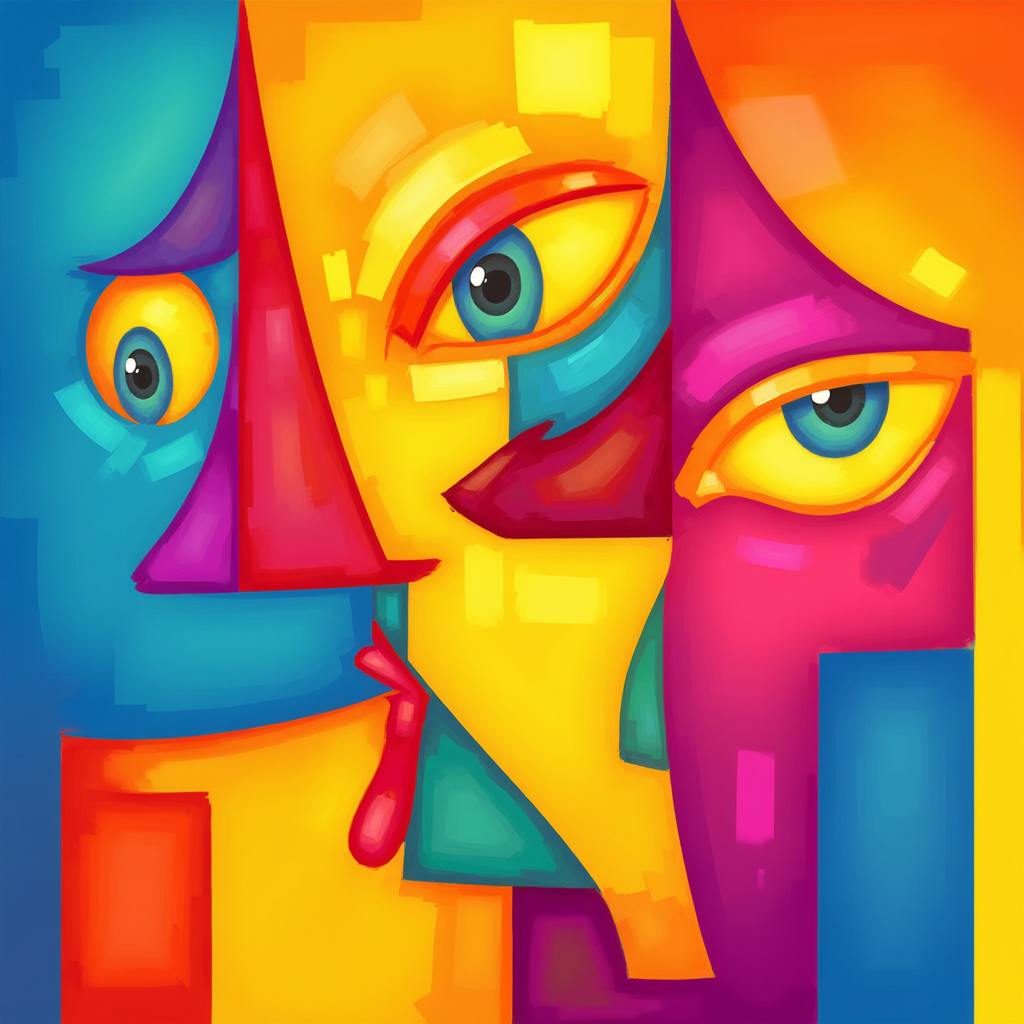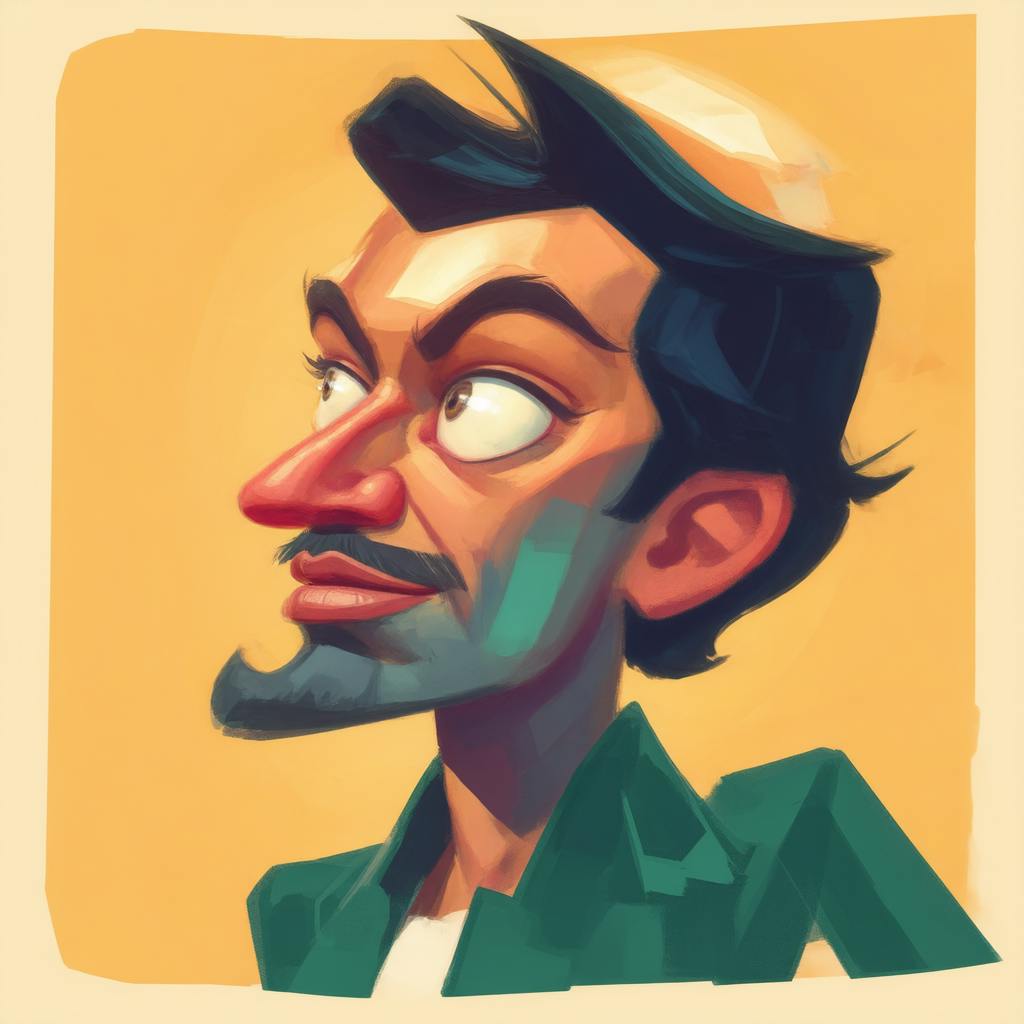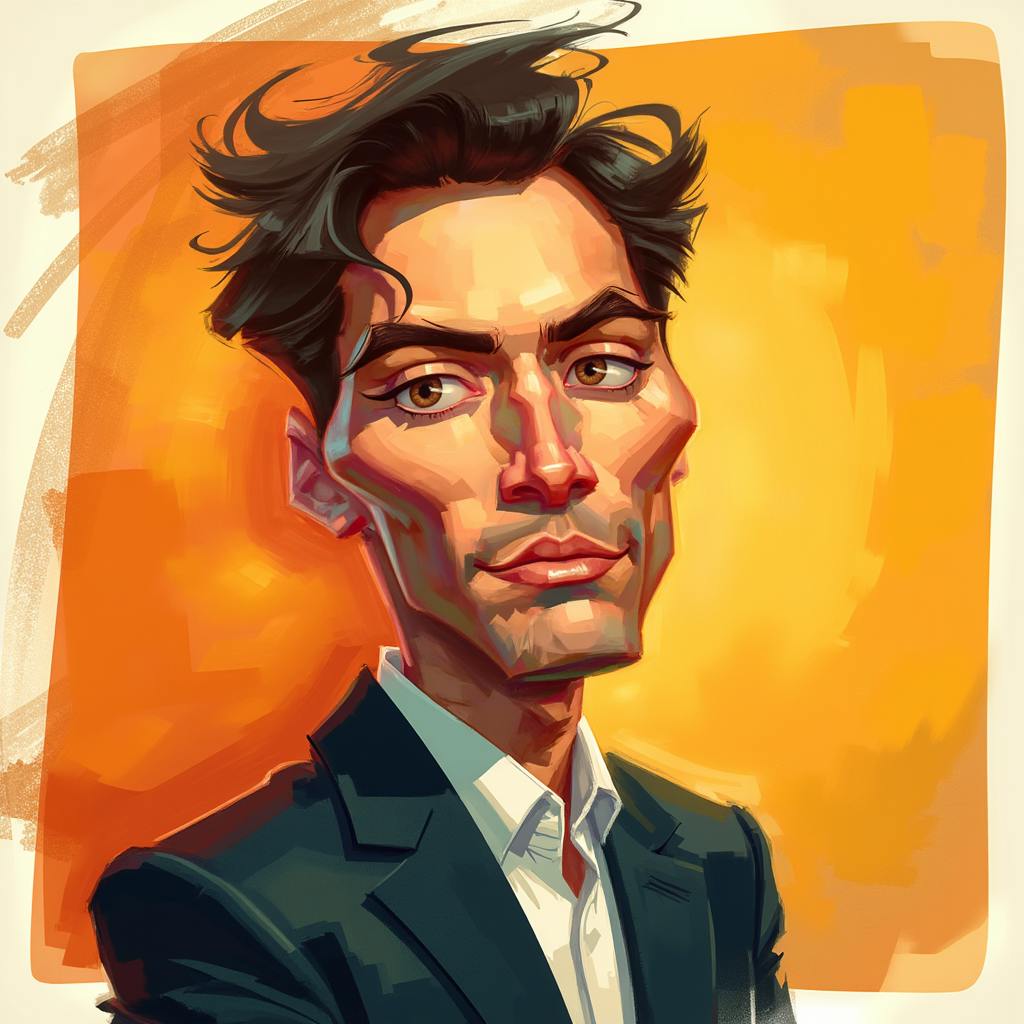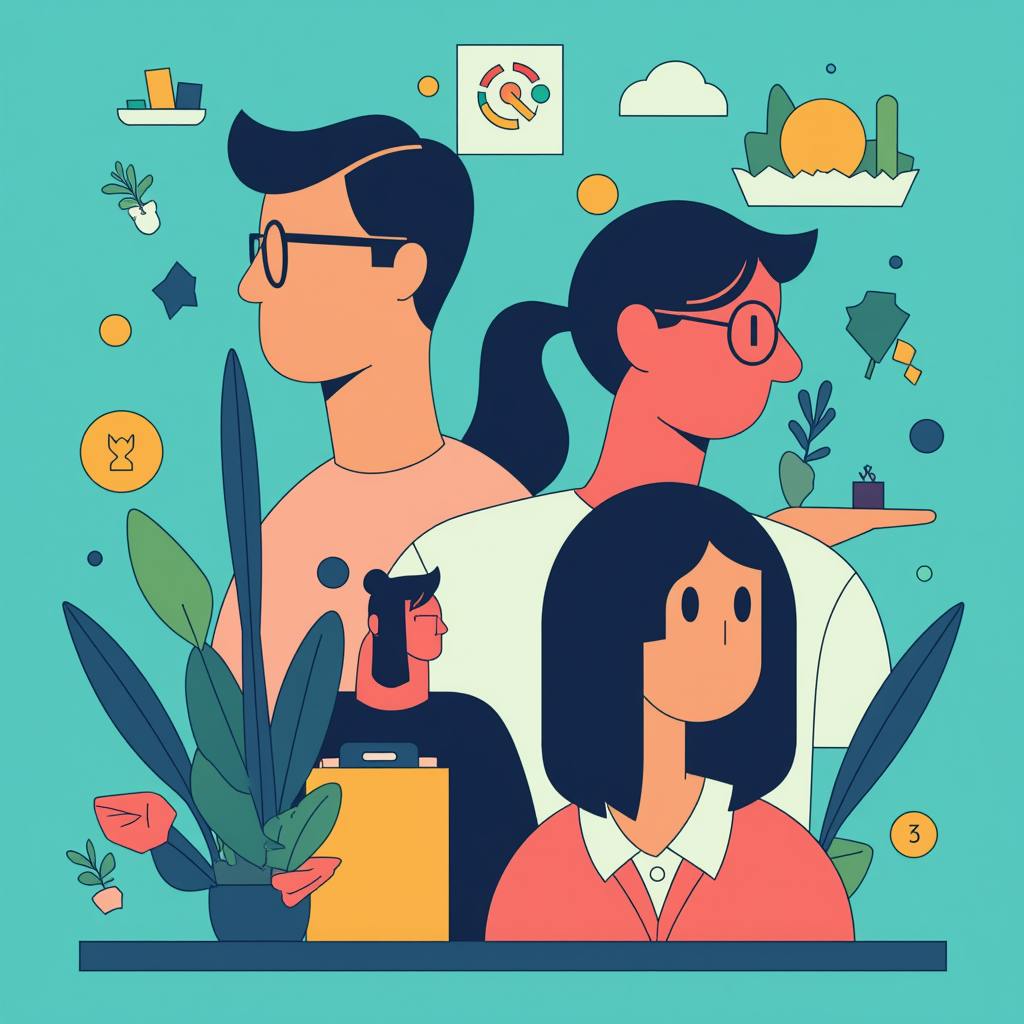The world of concept art is evolving quickly, and 2025 highlights just how much impact these creators have across film, gaming, and digital media. Popular concept artists like Aiko Natsumi, Miguel Santos, and Lena Zhou are redefining visual storytelling through innovative styles and groundbreaking techniques. Their work doesn’t just decorate—it builds the worlds, characters, and ideas that inspire audiences worldwide.
Spotlight on Leading Artists
Expanding Horizons with Aiko Natsumi
Japanese digital artist Aiko Natsumi blends traditional Ukiyo-e influences with futuristic design to create ethereal landscapes and complex characters. Her art bridges cultural history with modern technology, making her exhibitions feel more like conversations across time and space.
The Visionary Art of Miguel Santos
Spanish artist Miguel Santos, with his background in architecture, creates photorealistic cityscapes that double as social commentary. His storytelling approach ensures each piece carries a strong narrative, earning him recognition not just in the art community but also in technology and gaming circles.
Rising Star Lena Zhou
Shanghai-based Lena Zhou has quickly risen to prominence with bold, abstract digital work. Her daring use of color and form sparks debate and emotional engagement, cementing her reputation as one of the top popular concept artists of 2025.

AI made with Dominick Domingo
What Makes Popular Concept Artists Stand Out?
The rise of popular concept artists in 2025 is not just about technical skill—it’s about how they connect ideas, culture, and technology. These artists succeed because they:
- Blend Tradition with Innovation: Many combine classic artistic methods with cutting-edge digital tools, creating work that feels both timeless and futuristic.
- Tell Compelling Stories: Beyond visuals, they craft narratives that give depth to characters and environments, making their work memorable.
- Adapt to Technology: By embracing AI, 3D modeling, and immersive platforms like AR/VR, they expand the possibilities of concept art.
- Engage with Global Audiences: Their themes often address cultural diversity, social issues, or universal emotions, making their art resonate worldwide.
This combination of creativity and adaptability is why today’s popular concept artists are not just shaping visual media but also redefining how audiences experience stories.
Case Study: Concept Artists in Film and Gaming
Major entertainment companies like Marvel Studios and CD Projekt Red rely heavily on concept artists to define the look of their stories. For instance, Marvel’s Avengers films involved large teams of concept artists to bring iconic heroes and worlds to life. Similarly, CD Projekt Red’s Cyberpunk 2077 showcased futuristic environments and characters crafted by renowned concept artists, helping the game’s visuals become instantly recognizable. These examples show how concept art shapes the cultural impact of entertainment, setting new creative standards globally.
FAQ: Popular Concept Artists
What defines a concept artist?
Concept artists create the visual foundations of movies, video games, animation, and digital media. They design characters, environments, and objects that guide how the final product looks and feels.
How has technology influenced concept art?
Advancements in digital tools, including 3D modeling, AI, and VR, allow artists to push boundaries. They can now create immersive worlds faster and with greater detail than ever before.

AI made with Dominick Domingo
Who are the leading concept artists in 2025?
In addition to Aiko Natsumi, Miguel Santos, and Lena Zhou, rising names include Avery Kim (surreal landscapes), Marcus Lian (hyper-realistic characters), Zoe Patel (futuristic environments), Ren Ito (myth-inspired scenes), and Elena Sorokin (AR and VR experiences).
What makes these concept artists popular?
They combine technical skill with cultural relevance. Their works often comment on global issues, use cutting-edge technology, and cross industries such as fashion, gaming, and film. This reach makes them influential far beyond traditional art circles.
How have popular concept artists influenced the industry in 2025?
By blending technology, storytelling, and cultural commentary, they’ve made concept art more accessible and influential. Their collaborations across industries have cemented concept art as a vital part of visual storytelling.
Conclusion
The concept art scene in 2025 is rich with creativity and innovation. Popular concept artists like Aiko Natsumi, Miguel Santos, and Lena Zhou are not only shaping visuals but also influencing culture, technology, and storytelling across industries. Their ability to merge imagination with modern tools makes them essential voices in today’s art landscape. For anyone following the future of visual design, keeping track of these artists means staying ahead of the trends shaping entertainment and digital media worldwide.

